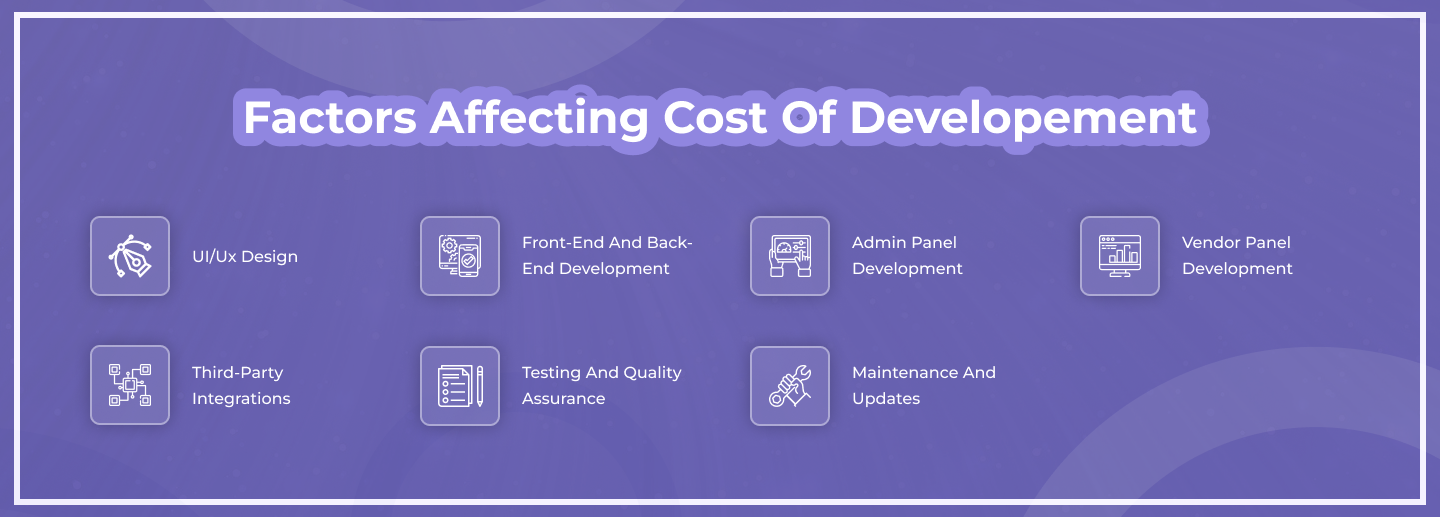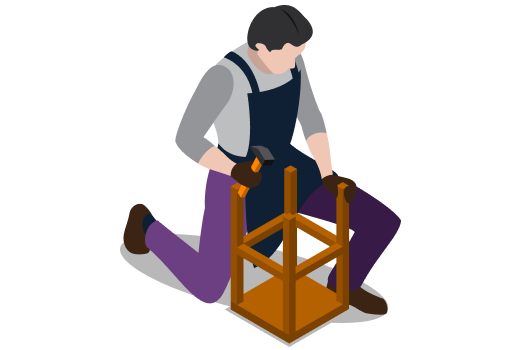How Much Does It Cost to Make a Home Services App Like Handy?
In today’s fast-paced world, on-demand services have gained immense popularity, making life easier for people seeking professional help for their household needs. Home service apps like Handy have revolutionized the way we hire service providers for tasks such as cleaning, plumbing, electrical work, and more. If you’re considering developing a similar app, it’s crucial to understand the cost implications involved. In this article, we will explore the nature of services provided in an app like Handy, the types of on-demand home services available, the reasons for investing in home service app development, the essential features required for such an app, and finally, an estimation of the cost involved.

Nature of Services Provided in an App like Handy:
An app like Handy typically acts as a platform that connects service providers with customers looking for professional assistance. The services offered through this type of app can include:
1. Cleaning Services:
This includes general house cleaning, deep cleaning, carpet cleaning, window cleaning, and more.
2. Plumbing Services:
Plumbing professionals are available for fixing leaks, unclogging drains, installing fixtures, and handling other plumbing-related issues.
3. Electrical Services:
Electricians can be hired for tasks such as repairing faulty wiring, installing new electrical outlets, or fixing electrical appliances.
4. Painting Services:
Professional painters can be hired for interior and exterior painting, wall repairs, and other related services.
5. Home Repairs and Maintenance:
This category includes services like furniture assembly, fixing broken appliances, HVAC maintenance, and general handyman tasks.

Types of On-Demand Home Services:
On-demand home services can be classified into various categories, such as:
1. On-Demand Cleaning Services:
This includes residential cleaning, office cleaning, post-construction cleaning, and specialized cleaning services like carpet or upholstery cleaning.
2. On-Demand Handyman Services:
This covers a wide range of general home repairs and maintenance tasks like plumbing, electrical work, carpentry, furniture assembly, and more.
3. On-Demand Home Improvement Services:
These services involve more extensive home improvement projects like renovation, remodeling, painting, and flooring installation.

Why Go for Home Services App Development?
Investing in home services app development offers several benefits:
1. Convenience:
Users can easily book professional services with just a few taps on their smartphones, eliminating the need for extensive research or phone calls.
2. Time-Saving:
Customers can save time by quickly finding service providers and scheduling appointments based on their availability.
3. Quality Assurance:
Home service apps usually vet and verify service providers, ensuring that customers can expect reliable and high-quality services.
4. Ratings and Reviews:
Users can refer to ratings and reviews left by previous customers to make informed decisions and choose the best service providers.

Features of an Online Home Service App:
For Vendor Panel:
1. Registration and Profile Management:
Service providers can register on the platform, create and manage their profiles, and showcase their skills and expertise.
2. Service Listing and Availability:
Vendors can list the services they offer, set their availability, and update their schedules accordingly.
3. Booking Management:
Vendors should have the ability to accept or reject service requests, manage bookings, and communicate with customers.
4. In-App Payments:
Integration with payment gateways to facilitate secure and seamless transactions between vendors and customers.
5. Ratings and Reviews:
Vendors can view and respond to customer reviews, which helps in building trust and maintaining a positive reputation.
For Admin Panel:
User and Vendor Management:
Admins can manage user and vendor profiles, verify their identities, and resolve any disputes that may arise.
Service Categories and Pricing:
Admins can define service categories, set pricing structures, and manage any changes or updates.
Analytics and Reporting: Generating reports on
Cost Estimation of Making an App like Handy
The cost of developing an app like Handy can vary depending on several factors, including the complexity of the app, the platform(s) you choose to develop for (e.g., iOS, Android), the features and functionalities you want to incorporate, the development team’s location and expertise, and the time required for development.
Here’s a breakdown of the estimated cost based on these factors:
1. UI/UX Design:
The app’s design is crucial for providing a user-friendly and visually appealing experience. Design costs can range from $5,000 to $20,000, depending on the complexity and customization required.
2. Front-end and Back-end Development:
This involves the actual development of the app’s features, functionalities, and server infrastructure. The cost can vary based on the complexity of the app, but a rough estimate would be between $20,000 to $50,000.
3. Admin Panel Development:
The admin panel allows you to manage users, service providers, bookings, and other crucial aspects of the app. The development cost for an admin panel can range from $10,000 to $30,000.
4. Vendor Panel Development:
The vendor panel allows service providers to manage their profiles, services, appointments, and communications. The development cost for a vendor panel can range from $10,000 to $25,000.
5. Third-Party Integrations:
If you plan to integrate additional features or services into your app, such as payment gateways, map services, or push notifications, the costs will vary based on the specific integrations required. The cost for third-party integrations can range from $5,000 to $20,000.
6. Testing and Quality Assurance:
It’s crucial to thoroughly test your app to ensure it functions properly and provides a seamless user experience. Testing and QA costs can range from $5,000 to $15,000.
7. Maintenance and Updates:
After the initial development, you’ll need to allocate a budget for ongoing maintenance, bug fixes, and future updates. This can be around 15-20% of the total development cost per year.

Conclusion
In conclusion, developing a home services app like Handy can be a promising venture, considering the growing demand for on-demand services. However, it’s important to carefully plan and budget for the development process. The estimated cost for creating an app like Handy can range from $65,000 to $160,000 or more, depending on various factors such as design complexity, platform selection, features, and integrations.
To ensure the success of your app, focus on providing a user-friendly interface, robust functionalities for both users and service providers, and efficient management tools for the admin. Incorporate features like service listings, scheduling, in-app communication, rating and review systems, and secure payment gateways.
Remember to allocate a budget for ongoing maintenance, bug fixes, and future updates, as these are crucial for the app’s long-term success and user satisfaction.
Ultimately, with careful planning, a solid development team, and a well-executed strategy, your home services app can thrive in the competitive market, offering convenience and value to both users and service providers.

